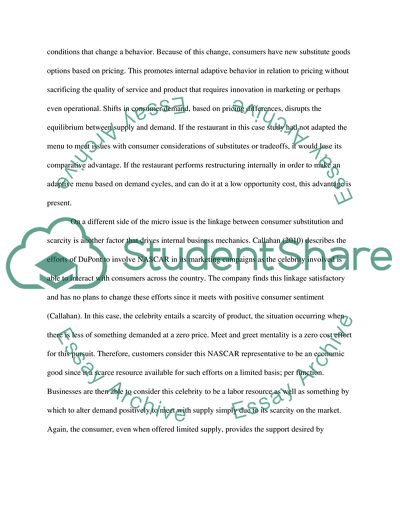Cite this document
(The Relationship of Internal Governance and Consumer Demand Term Paper, n.d.)
The Relationship of Internal Governance and Consumer Demand Term Paper. Retrieved from https://studentshare.org/marketing/1745395-economic-events-or-issues
The Relationship of Internal Governance and Consumer Demand Term Paper. Retrieved from https://studentshare.org/marketing/1745395-economic-events-or-issues
(The Relationship of Internal Governance and Consumer Demand Term Paper)
The Relationship of Internal Governance and Consumer Demand Term Paper. https://studentshare.org/marketing/1745395-economic-events-or-issues.
The Relationship of Internal Governance and Consumer Demand Term Paper. https://studentshare.org/marketing/1745395-economic-events-or-issues.
“The Relationship of Internal Governance and Consumer Demand Term Paper”, n.d. https://studentshare.org/marketing/1745395-economic-events-or-issues.


